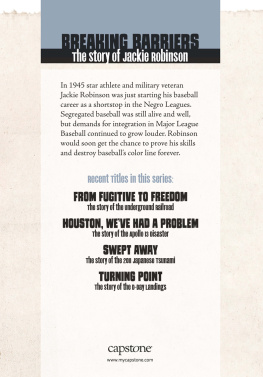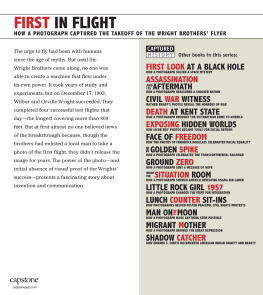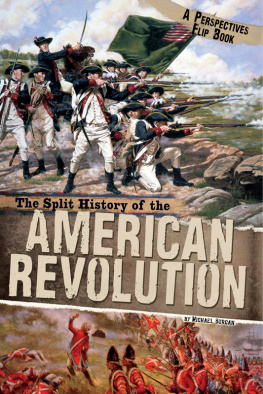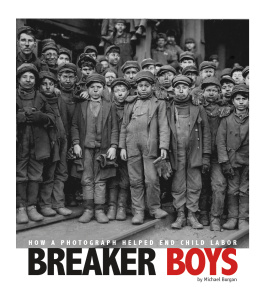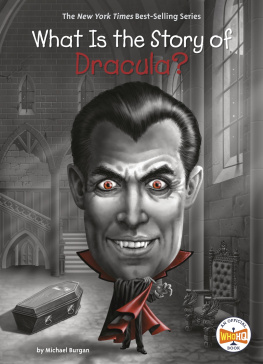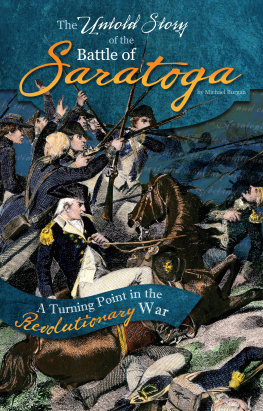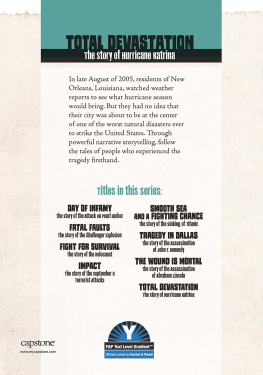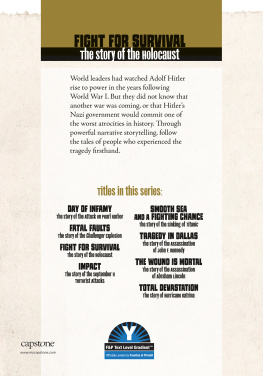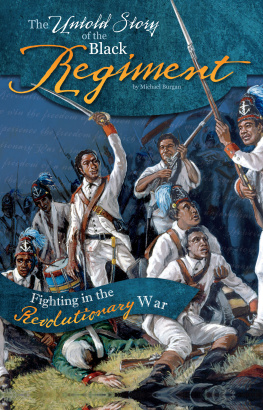Michael Burgan - Turning Point: The Story of the D-Day Landings
Here you can read online Michael Burgan - Turning Point: The Story of the D-Day Landings full text of the book (entire story) in english for free. Download pdf and epub, get meaning, cover and reviews about this ebook. year: 2017, publisher: Capstone, genre: History. Description of the work, (preface) as well as reviews are available. Best literature library LitArk.com created for fans of good reading and offers a wide selection of genres:
Romance novel
Science fiction
Adventure
Detective
Science
History
Home and family
Prose
Art
Politics
Computer
Non-fiction
Religion
Business
Children
Humor
Choose a favorite category and find really read worthwhile books. Enjoy immersion in the world of imagination, feel the emotions of the characters or learn something new for yourself, make an fascinating discovery.

- Book:Turning Point: The Story of the D-Day Landings
- Author:
- Publisher:Capstone
- Genre:
- Year:2017
- Rating:4 / 5
- Favourites:Add to favourites
- Your mark:
- 80
- 1
- 2
- 3
- 4
- 5
Turning Point: The Story of the D-Day Landings: summary, description and annotation
We offer to read an annotation, description, summary or preface (depends on what the author of the book "Turning Point: The Story of the D-Day Landings" wrote himself). If you haven't found the necessary information about the book — write in the comments, we will try to find it.
In an immersive, exciting narrative nonfiction format, this powerful book follows a selection of people who experienced the D-Day invasion.
Turning Point: The Story of the D-Day Landings — read online for free the complete book (whole text) full work
Below is the text of the book, divided by pages. System saving the place of the last page read, allows you to conveniently read the book "Turning Point: The Story of the D-Day Landings" online for free, without having to search again every time where you left off. Put a bookmark, and you can go to the page where you finished reading at any time.
Font size:
Interval:
Bookmark:
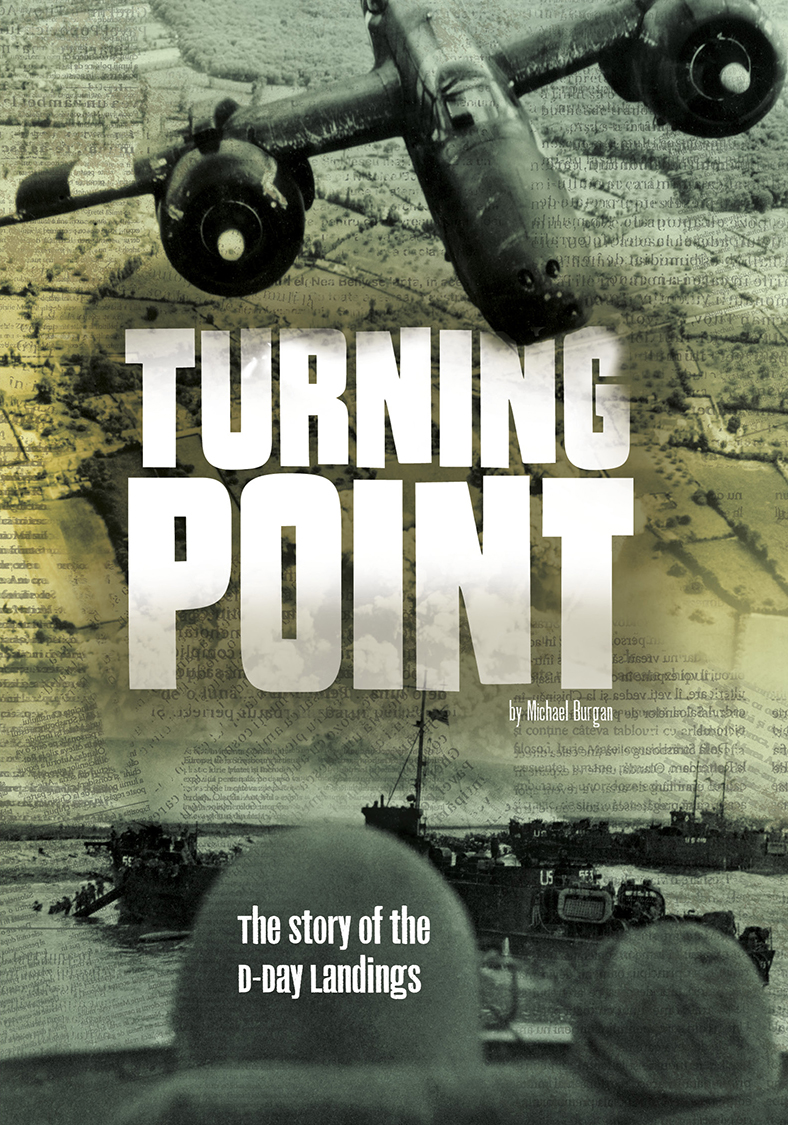

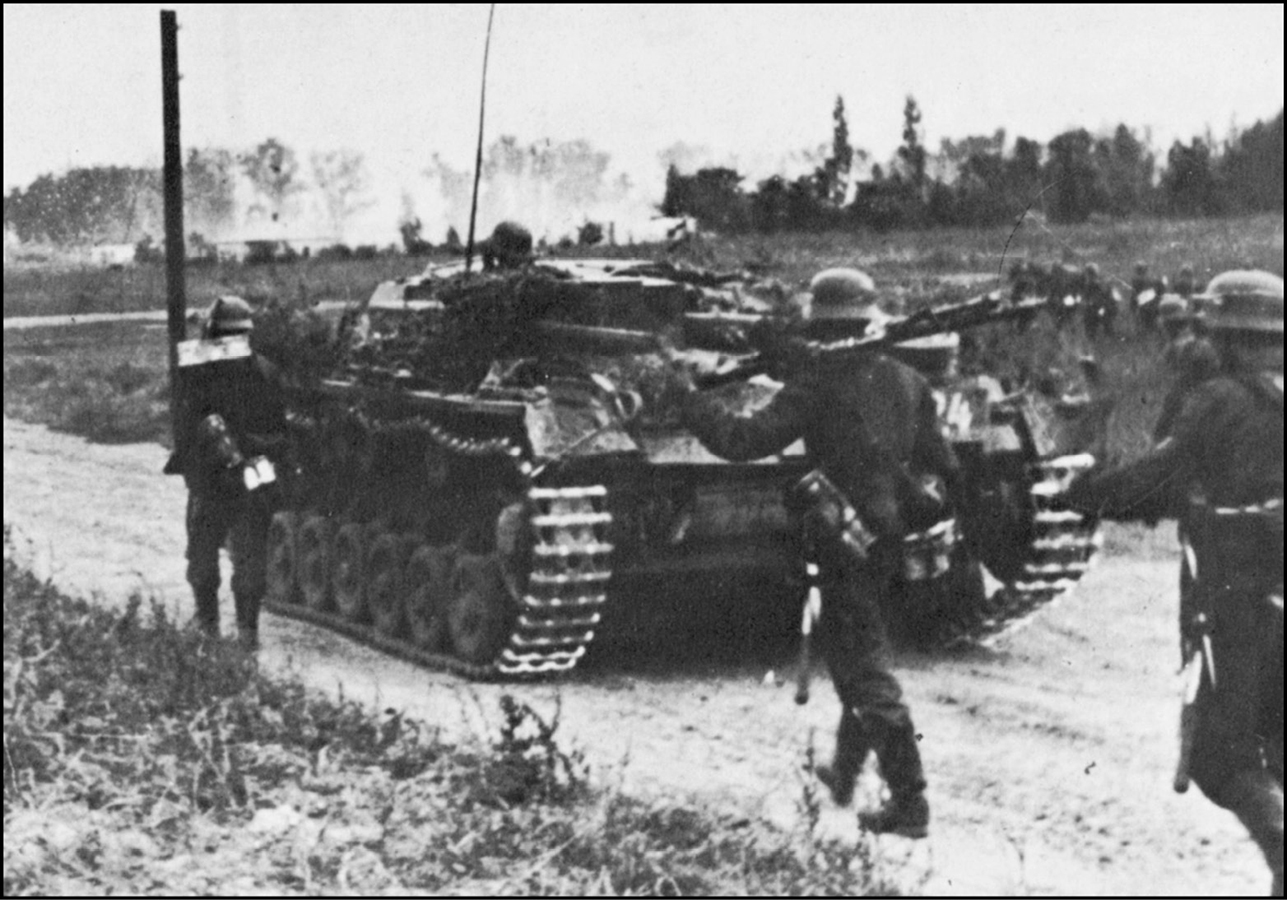
With the blast of naval guns and the roar of tanks and planes, Germany invaded Poland on September 1, 1939. This surprise attack marked the start of World War II. Germany, under its dictator, Adolf Hitler, wanted to expand its control over large parts of Europe. As Hitler won more territory, he ordered the killing of millions of people he considered inferior to Germans. Jewish residents of Europe were his top target, but Hitler slaughtered Slavs, Gypsies, and others as well.
When the war began, the United States did not join the conflict. Many Americans still remembered the horrors of World War I. They did not want to take part in another war when the United States did not face a direct threat. But after Japan launched a surprise attack on Pearl Harbor, Hawaii, on December 7, 1941, the United States declared war on Japan. That nation and Germany, along with Italy, were allies, and Germany and Italy soon declared war on the United States. President Franklin D. Roosevelt believed Hitler posed a huge threat to democracy and world peace. FDR welcomed the chance to fight Germany as well as Japan.
When the United States entered the war, Germany controlled a large part of Western Europe, including France. The main fighting on the continent was in the east. In June 1941, Germany had invaded the by attacking the Germans in France. That would force Hitler to move troops there from the Eastern Front, where the Soviets battled the Germans.
British leader Winston Churchill wanted to attack the Germans in Europe, but he differed with U.S. leaders on where and when the major assault should come. Finally, the Operation Overlord. The day picked for the attack was called D-Day.
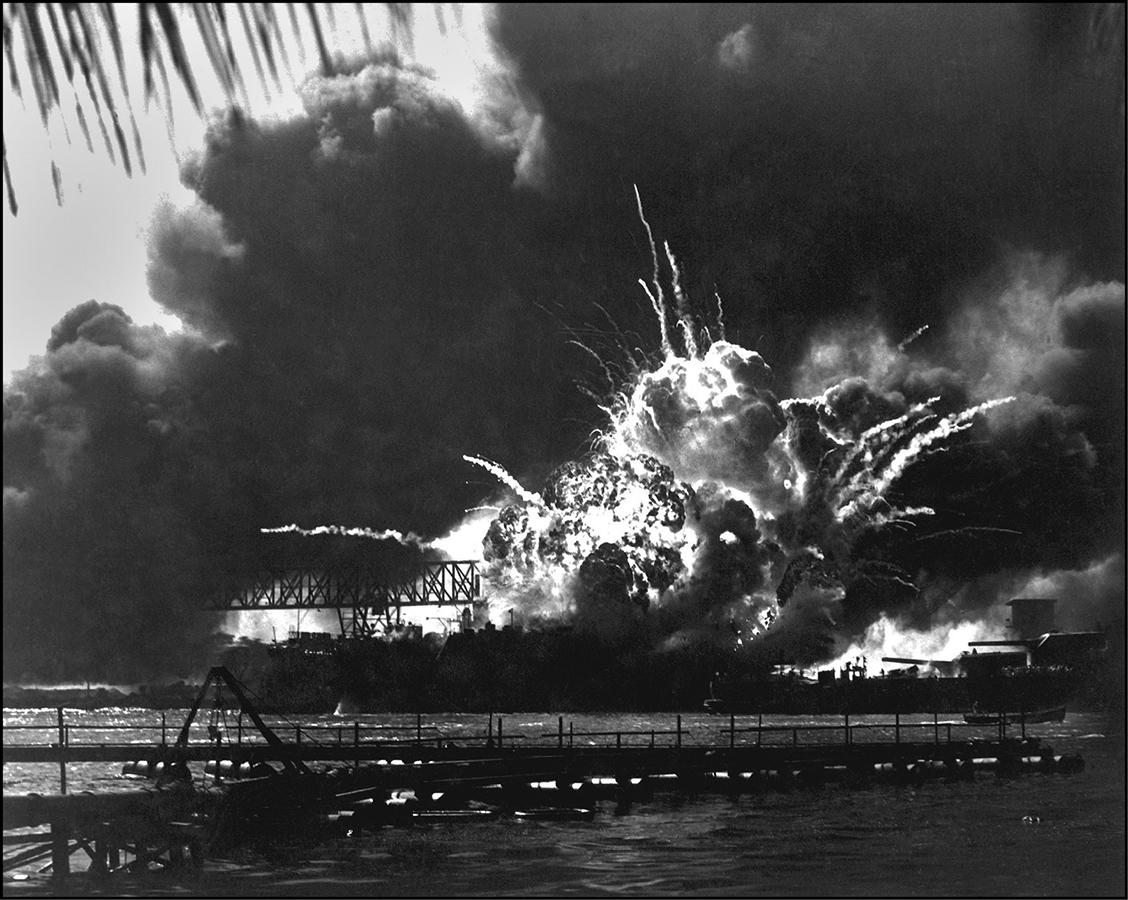
The USS Shaw was destroyed during the attack on Pearl Harbor, when raging fires reached the ships forward magazine.
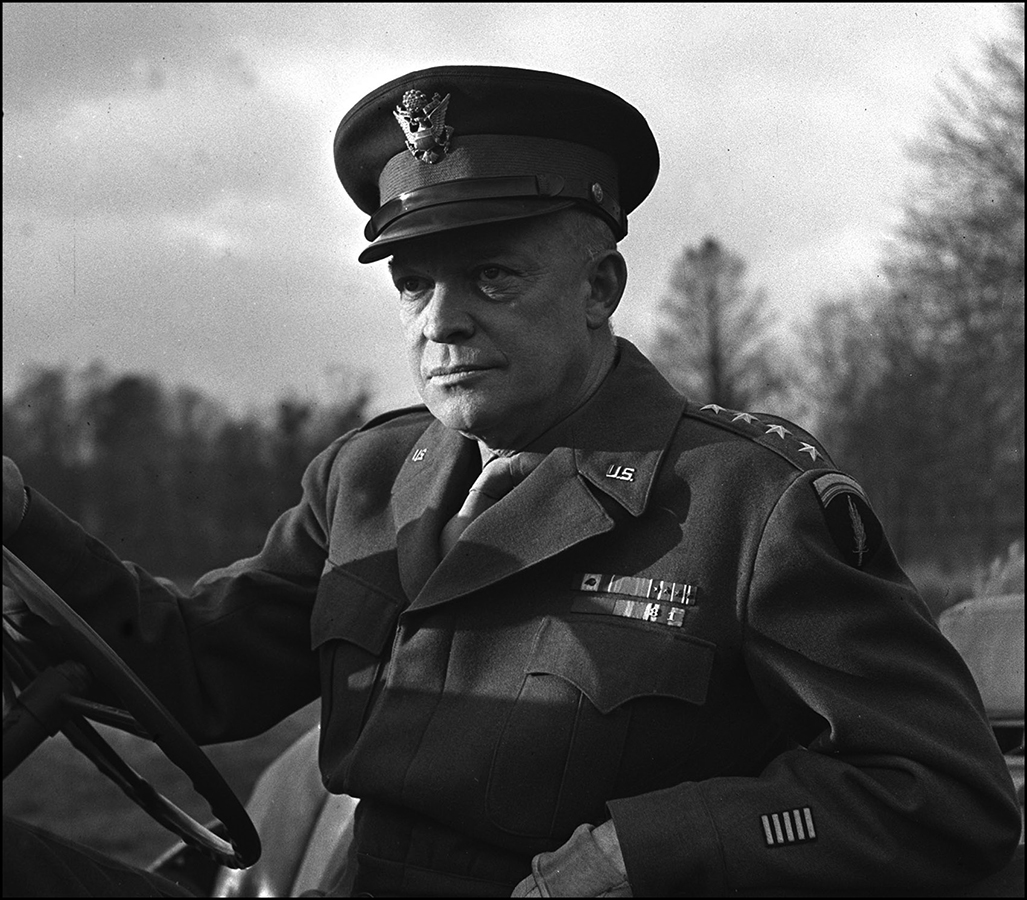
Dwight D. Eisenhower
General Dwight D. Eisenhower woke early as usual. He and his military advisors met daily at 4:00 a.m. to go over the weather forecast for Normandy, the Allies target in Operation Overlord. Eisenhower knew that he had only a few days during which he could give the order to begin the Allied landing on the French coast. Only June 4 through 7 would provide the low tides and full moon his troops needed to begin safely coming ashore.
Eisenhowers official title was supreme commander of Allied Expeditionary Forces. Among friends, he was called Ike. He came to London in June 1942 to lead the U.S. troops that would fight in North Africa and Europe. After Allied successes in Africa and Italy, he was chosen to command the Overlord invasion. Eisenhower had never fought on a battlefield, but he had years of experience in training and organizing troops.
Overload required all his organizational skills, as the Allies amassed ships, planes, tanks, and troops for historys largest invasion. Between the soldiers, sailors, pilots, and marines who would do the actual fighting and the military crews that supported them, Eisenhower commanded almost 3 million men. More than half were American, and most of the others came from Great Britain and Canada.
Eisenhower had first hoped to begin the assault on France in May. He knew the Germans were building up their defenses along the and placed mines and obstacles along the beaches. The more time that passed, the stronger the German defenses would become. Eisenhower also knew that German scientists were working on new, secret weapons. The Allies needed to prevent the German military from ever using them.
But the supreme commander also wanted to make sure his force was large enough to carry out the invasion as planned. That meant bringing in more equipment. Plus, with extra time, Allied bombers could carry out more attacks on German forces in France, weakening their ability to fight off the invasion. But if the Allies waited too long, they would not have the long days and good weather of summer that would make the fighting easier for them. Out of the four dates in early June that were best for the attack, Eisenhower chose June 5 as D-Day the departure day for the troops to go ashore in France.
On this day, June 4, Eisenhower had to consider the role the weather would play in the attack. The 4:00 a.m. meeting to go over the forecast would be his last chance to decide if Captain J.M. Stagg explain the situation. The clouds will be too thick for the planes to see their targets. And the seas will be rough, tossing around the landing craft supposed to bring the men ashore. It doesnt look good.
Despite the bleak forecast, one of the top commanders under Eisenhower thought the attack should go on. Another disagreed, while still another didnt take a strong position either way. The final decision, however, was Eisenhowers alone.
Crammed into a space about the size of a bathroom, British naval lieutenant George Honour piloted his mini-submarine toward the Normandy coast. Honour and his crew of four had set sail on the evening of June 2, staying underwater for hours. Along the way, they passed through German minefields. Now, about a mile offshore, Honour brought the sub just below the waters surface. He raised the vessels periscope, saying, Well, gentlemen, lets have a look-see.
Honour had volunteered to do dangerous underwater work two years before. Now he was in charge of a tiny sub called X23. It and another mini-submarine, X20, were supposed to help guide ashore Allied landing craft carrying tanks. They had to be in position before the main invasion, which Honour and his crew knew was supposed to happen the next day. The sailors wore rubber wet suits, ready to go into the water if the Germans spotted them and attacked. They also carried false identification papers. If they were attacked and could reach land, Honour and his men had to pretend to be local French residents. Their goal avoid being captured by the Germans and meet up with members of the Resistance, the French citizens who fought against German rule. With help from the Allies, the Resistance gathered and carried out sabotage against the Germans.
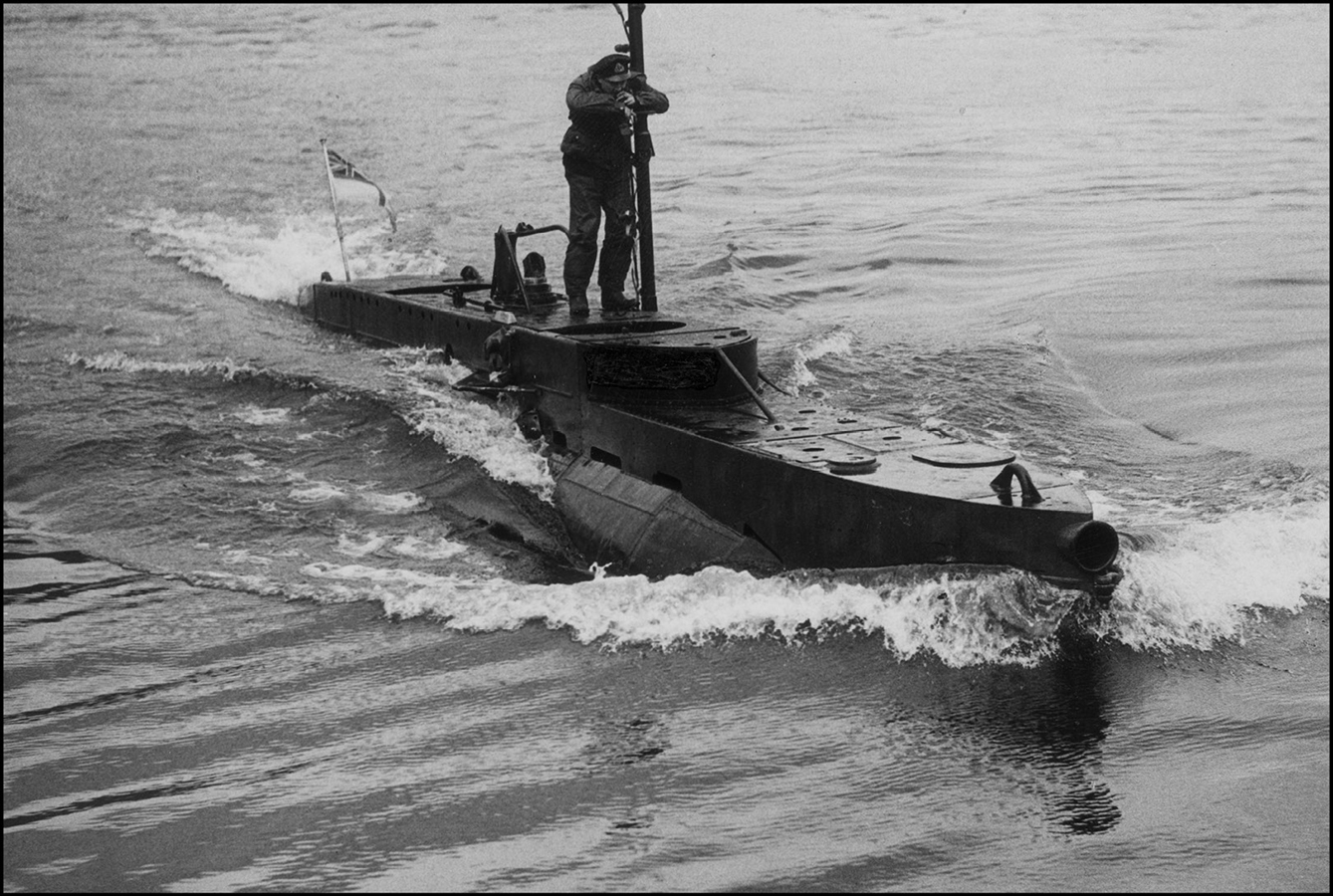
British sailors used X-Craft mini-submarines to help prepare for the Allied attack on Normandy.
Looking through the periscope, Honour saw German soldiers on the beach near the obstacles meant to slow, if not stop, an Allied invasion. Honour was pleased about one thing. Were almost bang on the target, he told the crew. X23 was supposed to mark the path for British and Canadian tanks. The specially designed duplex drive (DD) tanks could move both in water and on land. The Allies had named the beach where they were supposed to land Sword.
Font size:
Interval:
Bookmark:
Similar books «Turning Point: The Story of the D-Day Landings»
Look at similar books to Turning Point: The Story of the D-Day Landings. We have selected literature similar in name and meaning in the hope of providing readers with more options to find new, interesting, not yet read works.
Discussion, reviews of the book Turning Point: The Story of the D-Day Landings and just readers' own opinions. Leave your comments, write what you think about the work, its meaning or the main characters. Specify what exactly you liked and what you didn't like, and why you think so.


